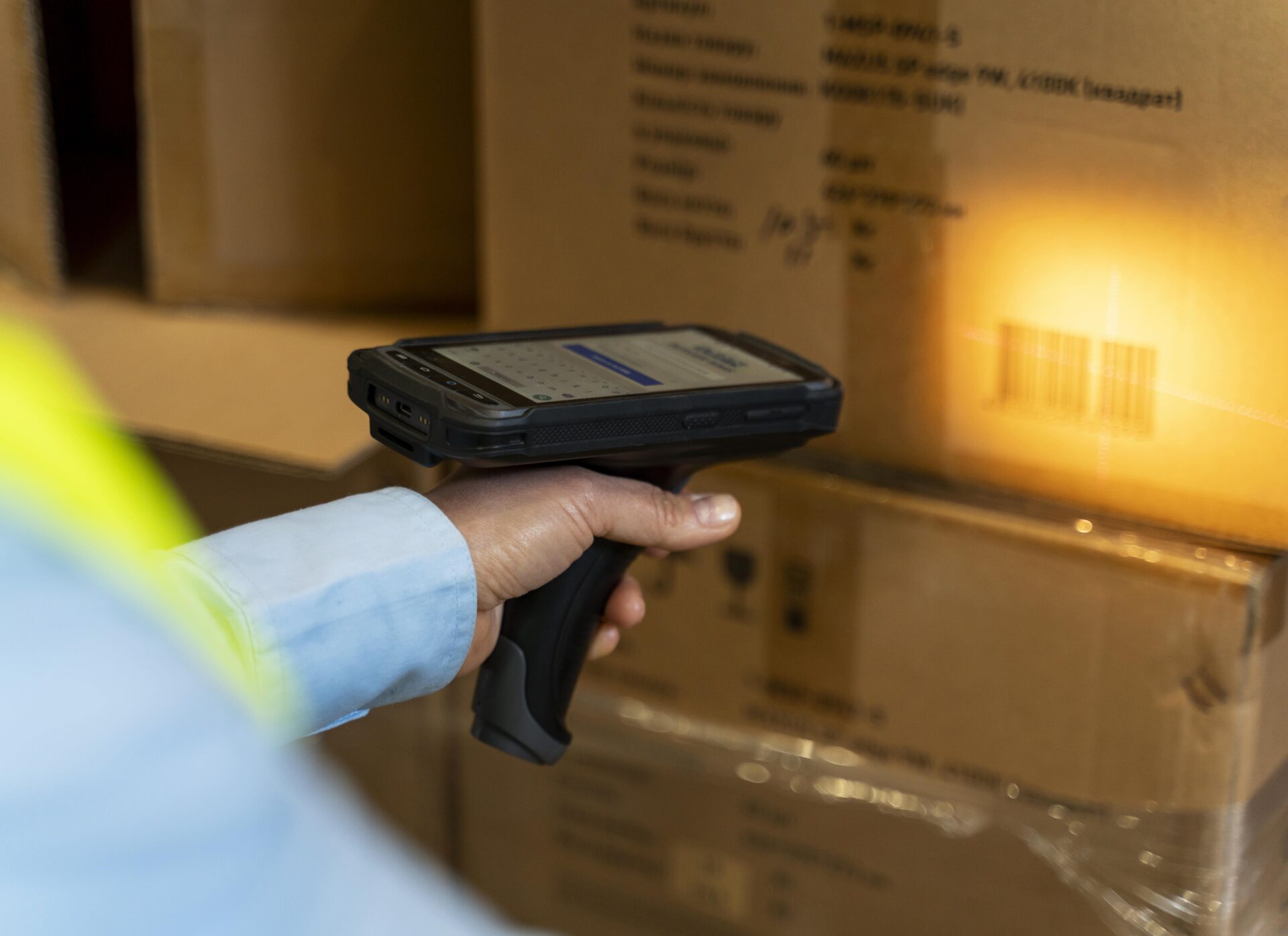Inventory Management
Retail Inventory Management: 15 Best Practices for 2025
Optimize retail inventory with best practices for 2024: embrace automation, real-time tracking, and strategic forecasting. Integrate with top POS systems for efficiency.
A Guide to Electronic Data Interchange (EDI) in 2024 | Ecommerce
Discover how EDI is transforming ecommerce with enhanced efficiency, real-time data exchange, and advanced security, driving innovation in online transactions.
Classifying Inventory: Methods, Examples, and Best Practices | Ecommerce
Effective inventory classification boosts ecommerce success by improving planning, replenishment, and customer satisfaction. Discover methods and best practices.
What is Manufacturing Lead Time? A Comprehensive Overview | Ecommerce
Discover how manufacturing lead time affects ecommerce, from production to customer satisfaction. Learn strategies to optimize efficiency and enhance competitiveness.

How to Calculate Handling Fees: Definitions and Calculations | Ecommerce
Learn how to calculate handling fees in ecommerce, covering definitions, key factors, calculation steps, and best practices to optimize your business operations.
What Is Backflushing? Understanding Processes, Definitions, and Benefits | Ecommerce
Discover how backflushing streamlines ecommerce inventory management, improves efficiency, reduces costs, and enhances accuracy with automated processes.
Warehouse Layout Design: Creating Efficient Spaces with Practical Examples | Ecommerce
Learn how efficient warehouse layout design enhances ecommerce operations, boosts productivity, and embraces future trends like automation and sustainability.
Understanding Just in Time (JIT) Inventory: Definitions and Benefits for 2024 | Ecommerce
Discover the efficiency of Just in Time (JIT) inventory for ecommerce in 2024. Reduce costs, enhance operations, and meet customer demands effectively.
The Importance of Third-Party Logistics (3PL): Definitions and Insights | Ecommerce
Discover how third-party logistics (3PL) optimizes ecommerce operations, enhances customer satisfaction, and adapts to future trends in the logistics landscape.
Top 10 Benefits of Cloud-Based Inventory Management with Finale Inventory | Ecommerce
Discover the benefits of cloud-based inventory management for ecommerce, from enhanced efficiency to real-time tracking and superior security measures.
How Businesses Manage PPE Inventory Efficiently with Finale Inventory | Ecommerce
Efficient PPE inventory management is vital for workplace safety. This post discusses tools and strategies for optimizing PPE stock, ensuring availability, and reducing costs.
How to Calculate Inventory Order Efficiently with Finale Inventory | Ecommerce
Learn efficient inventory management for ecommerce with a powerful tool, optimizing stock levels, cash flow, and customer satisfaction.
Understanding the Benefits of a Computerized Inventory System with Finale Inventory | Ecommerce
Discover the benefits of computerized inventory systems for ecommerce, including improved efficiency, real-time tracking, and streamlined operations.
How to Utilize QR Codes for Inventory Management with Finale Inventory | Ecommerce
Learn how QR codes streamline inventory management and enhance operations with Finale Inventory, a robust software solution for ecommerce businesses.
Understanding ASIN: The Basics of Amazon Standard Identification Numbers | Ecommerce
Explore the significance of ASINs in ecommerce: from their role as unique product identifiers to optimizing sales, managing inventory, and anticipating future trends.
Advanced Inventory and Order Management with Finale Inventory | Ecommerce
Discover how Finale Inventory optimizes ecommerce with real-time tracking, automation, and seamless integration, enhancing efficiency, customer satisfaction, and profitability.
Understanding Amazon’s FBA Business Model – Finale Inventory | Ecommerce
This blog post details Amazon’s FBA model, its features, pros, cons, financial aspects, and policies, offering valuable insights for ecommerce sellers.
USPS “Awaiting Delivery Scan”: What it Means for Ecommerce Businesses
Understanding USPS notifications like “Awaiting Delivery Scan” is crucial for ecommerce. This status means a package hasn’t been scanned as delivered yet, causing potential delays.
Dermaclara Gets an Inventory Glow-Up with Finale
Dermaclara, a skincare startup, overcame growing pains by using Finale Inventory. Get real-time COGS data, seamless FBA & QuickBooks integration, and expert support.
Mastering Economic Order Quantity (EOQ): Definitions, Formulas, and Calculations
Learn the essentials of Economic Order Quantity (EOQ): definitions, formulas, and calculations for optimized inventory management.





















